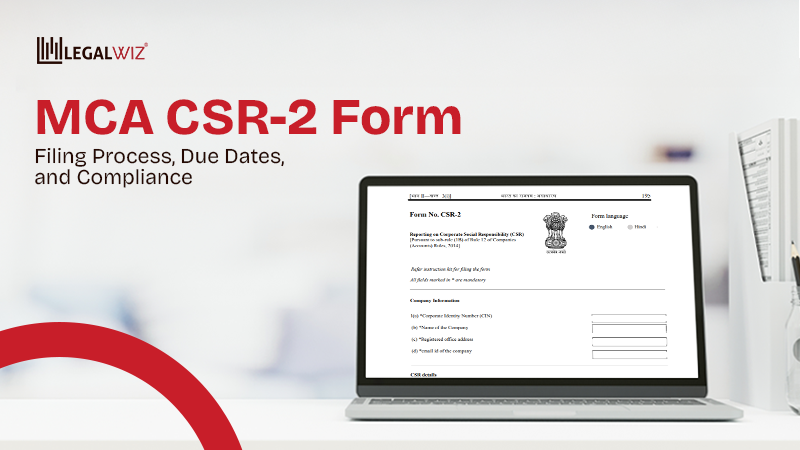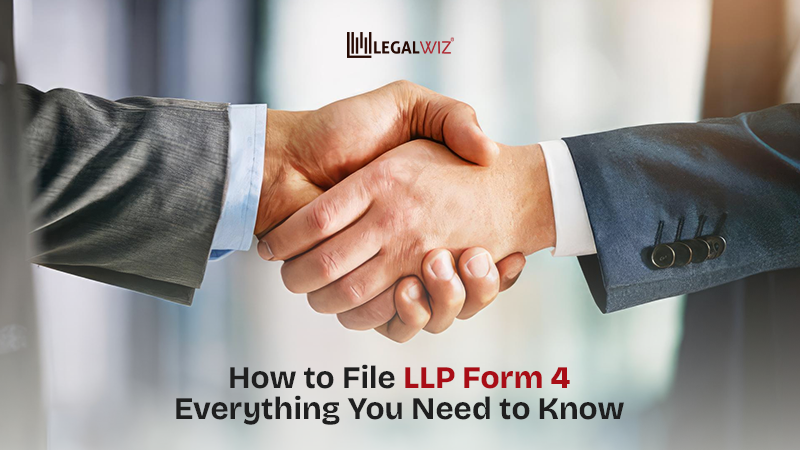How to Fill Form 10-IEA for Tax Regime & HRA Claims
If you’re a salaried taxpayer in India, you’ve probably heard the buzz about the new tax regime, sleeker slabs, fewer deductions, and more flexibility.
But here’s the twist: to officially lock in your choice between the old and new regime, or to grab juicy perks like House Rent Allowance (HRA), you’ll need to tag along a tiny yet powerful companion with your ITR filing. Say hello to Form 10-IEA, the unsung hero of tax planning that can make or break your savings game!
How to file
Think of Form 10-IEA as your tax declaration passport. By filing it, you’re officially telling your employer:
- “I want to opt for
- Switching tax regimes: the new tax regime for this financial year,” or
- “I plan to claim HRA exemptions while staying under the old tax regime.”
Skip Form 10-IEA, and your employer will simply play it safe, defaulting to standard tax deductions. Translation? You could be leaving juicy tax benefits on the table or paying more than necessary.
Think of Form 10-IEA as your tax GPS, plan your route, dodge wrong deductions, and cruise straight to maximum exemptions from day one!
| Choosing between the old and new tax regime isn’t a formality, it’s a smart savings move. The bigger your grasp of deductions, exemptions, and slabs, the bigger your yearly tax win. For a detailed breakdown of both options, go through this detailed comparison on old vs new tax regime 2025. |
1. What is Form 10-IEA & Who Should File It?
Meet Form 10-IEA, your official “I choose this!” declaration under the Income Tax Act, 1961. This little form lets you lock in your preferred tax regime (old or new) and unlock perks like House Rent Allowance (HRA) for the financial year. Think of it as your golden ticket to personalised tax planning!
Purpose of Form 10-IEA:
- To opt for the new tax regime or continue under the old regime.
- To inform your employer about the exemptions you wish to claim, especially the HRA.
- To avoid incorrect tax deductions from your salary.
Who should file Form 10-IEA?
- Salaried employees who want to switch to the new tax regime for the financial year.
- Those who wish to claim HRA or other salary exemptions under the old regime.
- Professionals and other taxpayers whose employer deducts TDS need to declare their tax preferences.
Form 10-IE vs Form 10-IEA:
- Form 10-IE: Used by taxpayers opting for the new tax regime without exemptions.
- Form 10-IEA: Used when a taxpayer wants to switch regimes or claim HRA along with other exemptions.
In short, if you’re just choosing the new tax regime, Form 10-IE is enough. But if HRA or exemptions are involved, Form 10-IEA is your go-to.
And hey, while you’re at it—why not dive headfirst into the glorious chaos of tax season? This detailed breakdown of income tax changes for 2025–26 has your back, covering everything from filing deadlines to compliance curveballs. Go on, tax like a pro.
2. When Should You File Form 10-IEA?
Timing is everything, especially when it comes to Form 10-IEA. Filing it at the right time ensures your tax deductions (TDS) are calculated correctly and you don’t miss out on exemptions.
Key timing rule:
For AY 2025–26, don’t just file your ITR—file it with Form 10-IEA riding shotgun. This ensures your chosen tax regime and exemptions are locked in and show up correctly in your salary deductions.
For salaried taxpayers, timing isn’t just everything, it’s your ticket to smoother tax vibes. Submitting this form early helps your employer get your TDS right and keeps you from waving goodbye to juicy perks like HRA claims and those regime-specific goodies.
New to the whole filing game or just want a stress-free ride? Check out this step-by-step guide to filing ITR-1 online for salaried employees to get you started.
Scenarios where Form 10-IEA is mandatory:
- Switching tax regimes:
- If you start the year under the old regime but want to move to the new regime, you must submit this form to your employer.
- Claiming HRA under the new regime:
- If you want to claim House Rent Allowance while opting for the new tax regime, Form 10-IEA is compulsory.
- Any exemptions or deductions that impact TDS:
- Form 10-IEA signals your employer about your intent to claim relevant exemptions, so they can deduct the correct TDS.
Deadlines & compliance rules:
- There isn’t a fixed calendar date, but submit early in the financial year or at least before your ITR filing.
- Late submission may result in higher TDS, as your employer will deduct taxes assuming no exemptions.
- Keep a copy of the submitted form for records and future reference.
Filing on time = peace of mind + correct TDS + no last-minute tax shocks!
3. Step-by-Step Guide: How to Fill Form 10-IEA
Filling Form 10-IEA may seem daunting at first, but it’s simpler than you think. Follow these steps to make sure your tax regime and exemptions are correctly recorded:
Step 1: Log in to the Income Tax e-filing portal
- Visit https://www.incometax.gov.in.
- Use your PAN, password, and captcha to log in securely.
Step 2: Navigate to the Form 10-IEA section
- Under the “e-File” menu, select “Form 10-IEA”.
- Choose the option “File Form 10-IEA for Assessment Year 2025–26.”
Step 3: Fill in the required details
- Personal information
- PAN, name, contact details, and employment details.
- Assessment Year & Tax Regime selection
- Select AY 2025–26.
- Choose either the old or the new tax regime.
- HRA details (if applicable)
- Enter your rent paid, landlord details, and HRA received.
- Only required if claiming HRA exemption under the old regime.
Step 4: Verification & submission
- Review all details carefully to avoid errors.
- Submit using digital signature (DSC) or Aadhaar OTP verification.
- Once submitted, you’ll receive an acknowledgement number for Form 10-IEA.
Pro Tip: Keep a screenshot or PDF of the acknowledgement. This acts as proof in case your employer or the IT department asks for it later.
4. What is the Acknowledgement Number of Form 10-IEA?
The acknowledgement number of Form 10-IEA is a unique reference number generated upon successful submission of the form on the income tax portal. It acts as proof that you’ve officially declared your choice of tax regime and any related exemptions for the assessment year.
Why does it matter?
- Serves as a confirmation that your form was filed correctly.
- Required for reference during ITR filing or if the tax department requests verification.
- Helps track the status of your submission in case of discrepancies in TDS deductions.
How to download, save, or retrieve your acknowledgement number:
- Log in to the Income Tax e-Filing Portal.
- Navigate to e-File > Income Tax Forms > View Filed Forms.
- Locate Form 10-IEA for the relevant assessment year.
- Download or note the acknowledgement number from the confirmation page.
Pro tip: Save a soft copy and keep a printed version with your tax documents, it’ll come in handy during ITR filing and for future reference.
5. Common Mistakes to Avoid While Filing
Filing Form 10-IEA is straightforward, but small errors can cause TDS miscalculations or delays. Watch out for these common pitfalls:
- Selecting the wrong tax regime
- Double-check whether you want the old or new regime. Choosing the wrong one can affect your TDS and exemptions for the entire year.
- Incorrect HRA calculations
- Ensure you correctly enter rent paid, landlord details, and HRA received. Mistakes here can lead to reduced exemptions or even a notice from the IT Department.
- Missing or incorrect bank & PAN details
- Your PAN and bank account info must be accurate for proper tax credit and refund processing. A tiny typo can delay your refund.
- Skipping verification
- Always verify the form using Aadhaar OTP or DSC. Unverified forms are considered incomplete, which defeats the purpose.
Quick tip: A careful double-check now saves a lot of last-minute headaches during ITR filing!
To understand the process of fixing such discrepancies, check out our detailed guide on types of TDS return corrections and ensure smooth compliance.
Final Takeaway – “One Form, Big Impact!”
Who knew one little form could hold so much power over your tax season? Form 10-IEA isn’t just paperwork, it’s your official way of telling your employer, “Hey, I’m choosing this tax regime, and I want my exemptions too!”
Get it right, and your TDS is spot on, HRA is claimed correctly, and your ITR filing feels like a breeze. Mess it up, and you could be looking at higher deductions, missed benefits, or refund delays. Ouch.
Think of it as a tax-season VIP pass, skip details or submit late, and you might be left standing outside while your exemptions party inside.
Pro Tip: Always save the acknowledgement number. It’s your golden ticket in case of employer queries or Income Tax Department checks.
Feeling the pressure? Don’t. LegalWiz.in makes it ridiculously easy, helping you select the right tax regime and file Form 10-IEA in minutes.
File smart, claim smart, and keep those tax blues far, far away!
Frequently Asked Questions
Is Form 10-IEA mandatory for salaried employees?
Yes, if you want to switch tax regimes or claim HRA/exemptions. Otherwise, your employer may deduct TDS as per default rules.
Can I revise Form 10-IEA after submission?
Yes, but only before your employer processes your TDS. Always double-check details before submission to avoid multiple revisions.
Where can I find the acknowledgement number of Form 10-IEA?
After successful submission, the portal generates an acknowledgement number. Save it as a PDF or screenshot, it’s your proof of filing.
What happens if I don’t file Form 10-IEA on time?
Your employer may deduct TDS assuming no exemptions, potentially increasing your tax liability. Late submission could also delay your refund.
Can I use Form 10-IEA for multiple financial years?
No, Form 10-IEA is specific to each financial year. You need to submit it anew for every year you wish to claim exemptions or switch regimes. Filing Form 10-IEA on time = accurate TDS, smooth tax filing, and zero surprises!

Sapna Mane
Sapna Mane is a skilled content writer at LegalWiz.in with years of cross-industry experience and a flair for turning legal, tax, and compliance chaos into clear, scroll-stopping content. She makes sense of India’s ever-changing rules—so you don’t have to Google everything twice.







